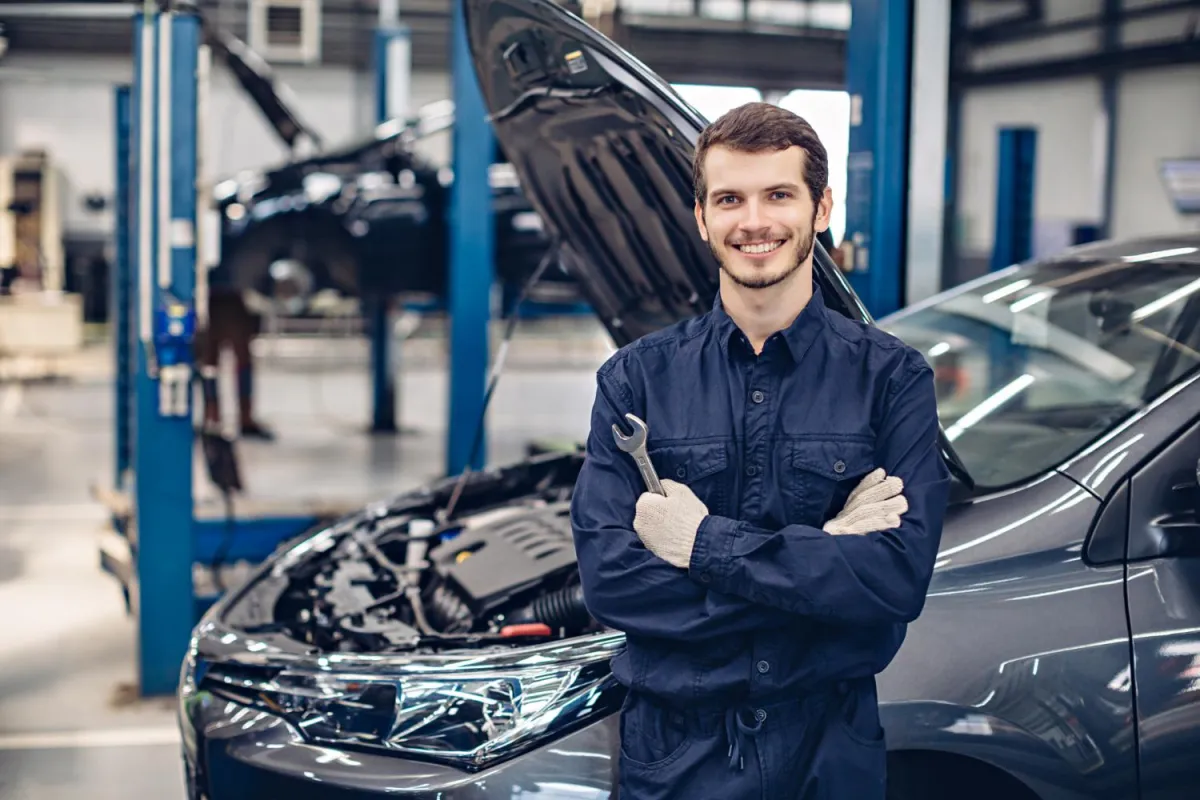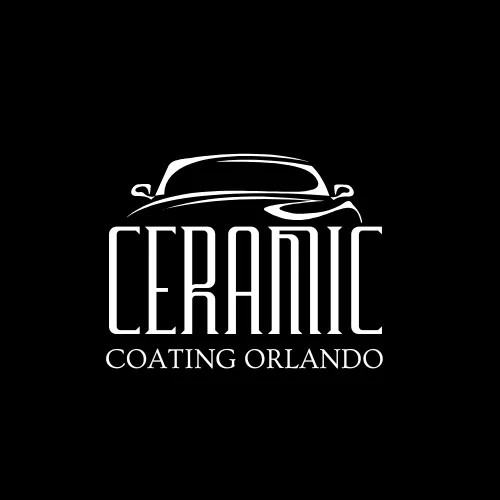Premium Ceramic Coating: Ultimate Protection for Your Vehicle's Surface
In the realm of automotive paint protection, premium ceramic coatings have emerged as a leader due to their superior durability and high-gloss finish. These coatings are crafted from advanced chemical formulations that bond with the vehicle's paint on a molecular level, providing a resilient layer of protection. Unlike traditional waxes that offer limited durability, ceramic coatings act as a second skin to a car's exterior, offering a long-term shield against environmental contaminants, minor scratches, and UV rays.
They not only enhance the appearance of the car but also facilitate easier cleaning due to their hydrophobic properties, which cause water to bead up and slide off the surface. Owners of vehicles treated with premium ceramic coatings often notice that dirt, grime, and bird droppings are far easier to clean and that their vehicles maintain a polished look with minimal effort.
Applying a ceramic coating requires precision and preparation, involving a thorough cleaning of the vehicle's surface, a careful application of the product, and adequate time for curing. It's a meticulous process that rewards car owners with unparalleled protection for their cherished vehicles. The investment in a quality ceramic coating is an investment in the longevity and beauty of the car's finish.
Benefits of Premium Ceramic Coating
Premium ceramic coatings offer advanced car care technology that brings substantial advantages to vehicle maintenance and aesthetics. These coatings are known for their durability and long-lasting shine.
Enhanced Paint Protection
Durability
Premium ceramic coatings are renowned for their exceptional ability to protect a car's paint. They offer a
robust barrier against various elements such as harmful UV rays, which can cause fading and oxidation over time.
Scratch Resistance
These coatings also provide a hardened surface which is more resistant to scratches, swirl marks, and other minor abrasions.
Hydrophobic Surface Benefits
Dirt and Debris Repellency
The hydrophobic nature of ceramic coatings creates a surface that repels water and the grime it carries. This means that water beads up and rolls off the surface, taking dirt with it, making the car easier to clean.
Enhanced Gloss
Not only does the hydrophobic effect keep the car cleaner, but it also contributes to a higher gloss finish, which results in a visually pleasing and slick appearance.
Application Process
The successful application of premium ceramic coating requires meticulous attention to detail throughout its multi-step process.
Surface Preparation
The first step is
Surface Preparation, which is critical to ensure the coating properly adheres to the vehicle's surface. It involves thorough cleaning to remove all contaminants, dirt, and any previous waxes or sealants. For optimal results, one should perform a clay bar treatment to remove embedded surface contaminants that can't be eliminated with regular washing.
Applying the Coating
Once the surface is prepared, Applying the Ceramic Coating begins. One must apply the coating to small sections of the vehicle at a time, utilizing straight, overlapping strokes to ensure even coverage. The application should be methodical, working section by section to avoid missing any spots, which is crucial for uniform protection.
Curing Time
Curing Time is the final phase of the process. After application, the ceramic coating requires time to bond fully with the paint. The period can vary, but typically it ranges from 24 to 48 hours for initial curing with the full hardening process taking up to a few weeks depending on environmental conditions. During this time, it's imperative to keep the vehicle dry and avoid exposure to the elements.
For further insights on the application process, you may find more detailed information through a step-by-step guide on ceramic coating or understand what to expect during the installation of ceramic coating.
Maintenance of Ceramic Coatings
Maintaining a ceramic coating is essential for preserving its longevity and effectiveness. The right care ensures that the vehicle's surface remains protected and glossy.
Regular Washing
Regular washing is crucial for maintaining the integrity of a ceramic coating. It is advised to wash the vehicle every two weeks, using the two-bucket method to minimize the risk of scratching the surface. Vehicles with a ceramic coating should be cleaned with a pH-neutral soap and a soft microfiber mitt. Post-washing, it's important to dry the vehicle with a clean microfiber towel to avoid water spots.
Avoiding Harsh Chemicals
Ceramic coatings are sensitive to strong chemicals; therefore, it's important to avoid cleaners with high pH levels. Using acidic or alkaline cleaners can degrade the coating, diminishing its hydrophobic properties. For optimal results, one should use ceramic coating specific products that are formulated to be gentle yet effective on the coated surface.
Durability and Longevity
Premium ceramic coatings are recognized for their remarkable durability, offering an enhanced level of protection that exceeds traditional car waxes and sealants. The longevity of these coatings is one of their most compelling advantages, providing substantial protection over an extended period.
Expected Lifespan
The expected lifespan of premium ceramic coatings can vary, typically ranging from 2 to 5 years. High-quality ceramic coatings, enriched with a higher concentration of silicon dioxide, are known to offer up to 5 years of efficacy. These robust formulas contribute substantially to a vehicle's resale value by preserving its aesthetic appeal over time.
Factors Influencing Durability
Several factors play integral roles in the durability of ceramic coatings:
Maintenance: Regular maintenance, including proper washing and occasional reapplication of a top coat, can dramatically extend a coating's lifespan.
Environmental Conditions: Exposure to harsh environmental elements like UV rays, salt, and industrial contaminants may impact longevity.
Application Quality: Professional application ensures a uniform layer and maximizes the protective benefits, as opposed to inconsistent DIY attempts.
Quality of the Coating: A superior coating with a higher level of active ingredients will inherently last longer than a low-grade product.
By considering these factors, car owners can make informed decisions ensuring their investment in ceramic coating maximizes value for their vehicle.
Choosing the Right Ceramic Coating
Selecting an appropriate ceramic coating involves understanding the diverse types available and deciding between professional application and do-it-yourself kits.
Types of Ceramic Coatings
There are several variations of ceramic coatings that cater to different needs. A prominent option is nano-ceramic coatings, which consist of microscopic particles creating a thin, yet highly durable layer of protection. Some coatings are infused with polymers or graphene, enhancing their defensive qualities against scratches, UV rays, and chemical stains. A notable product from Adam's Polishes, the Graphene Ceramic Coating Advanced, exemplifies a high-quality blend geared towards longevity and a heightened gloss.
Nano-Ceramic Coatings: Ultra-thin, durable, and designed for longevity. Polymer Infused Coatings: Promote added gloss and slickness. Graphene Coatings: Offer reduced water spotting and enhanced chemical resistance.
Frequently Asked Questions
In this section, readers can find detailed answers addressing common inquiries about premium ceramic coatings. These responses are designed to clarify the efficacy, cost, and overall value of ceramic coatings for vehicle owners.
How does R1 Coatings compare to Ceramic Pro in terms of protection and durability?
R1 Coatings and Ceramic Pro are both leading products in the market, though they may vary in their formulation and durability. Ceramic Pro is known for its professional-grade application and longevity, while R1 Coatings offers options for both professional and DIY enthusiasts seeking resilient protection.
What factors influence the price of a professional ceramic coating application ?
The price of a professional ceramic coating application can be affected by multiple factors, including vehicle size, condition, brand of the ceramic coating, and the number of layers applied. Labor costs also play a significant part as skilled technicians invest considerable time and expertise in the application process.
What should I expect from a premium ceramic coating in terms of vehicle maintenance?
A premium ceramic coating simplifies vehicle maintenance by providing a hydrophobic surface that repels water and dirt, making cleaning easier. However, it still requires regular washing and immediate removal of potentially damaging substances to maintain its protective qualities.
How long can I expect a high-quality ceramic coating to last on my vehicle?
The lifespan of a high-quality ceramic coating on a vehicle can range from two to five years, and potentially longer with meticulous maintenance. Factors such as the product quality, application, and exposure to the elements can influence the coating's durability.
Can you list the potential disadvantages associated with applying a ceramic coating to a car?
The potential disadvantages of applying ceramic coating include the initial cost, the need for professional installation (for certain brands), and the possibility of unsatisfactory results if not applied correctly. Moreover, a ceramic coating is not completely scratch-proof and still demands careful maintenance.


TESTIMONIALS
Wow! So happy with how my car looks after getting the ceramic coating! The people there really knew their stuff and helped me out. They took their time and made sure everything was done right. Now, my car shines like crazy and feels protected. Totally recommend them!
Michael D. (verified customer)
Super impressed with the ceramic coating service! My car looks amazing and shiny. The team was really nice and made the whole process easy. Now, I feel like my car is ready to take on anything. Definitely coming back!
Brian W. (verified customer)
Get In Touch



Facebook